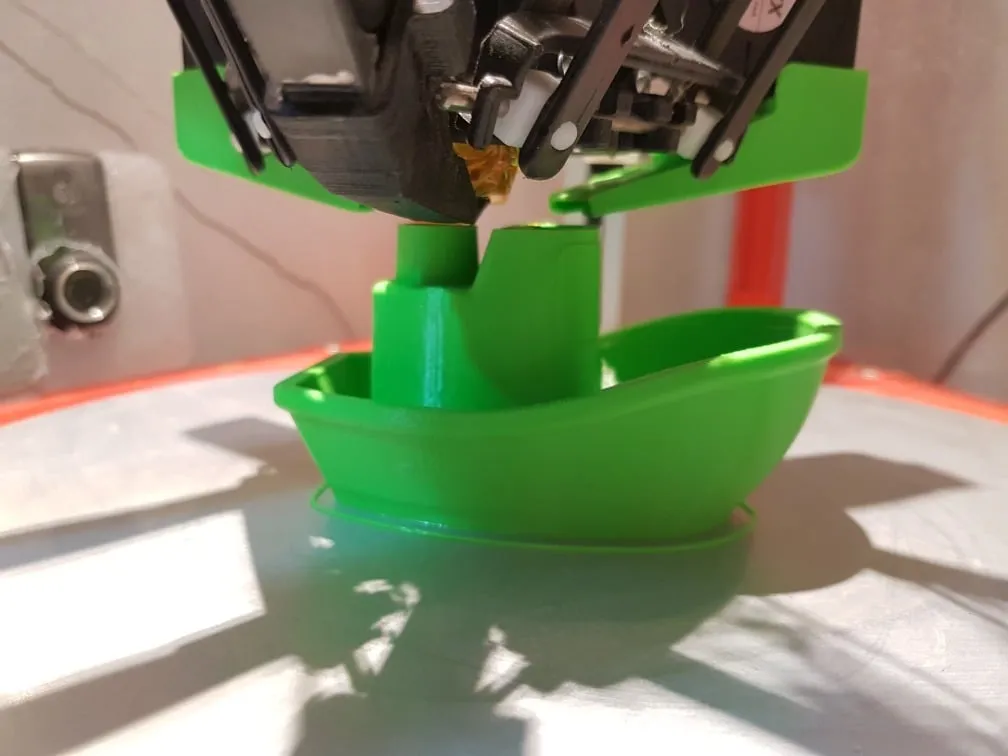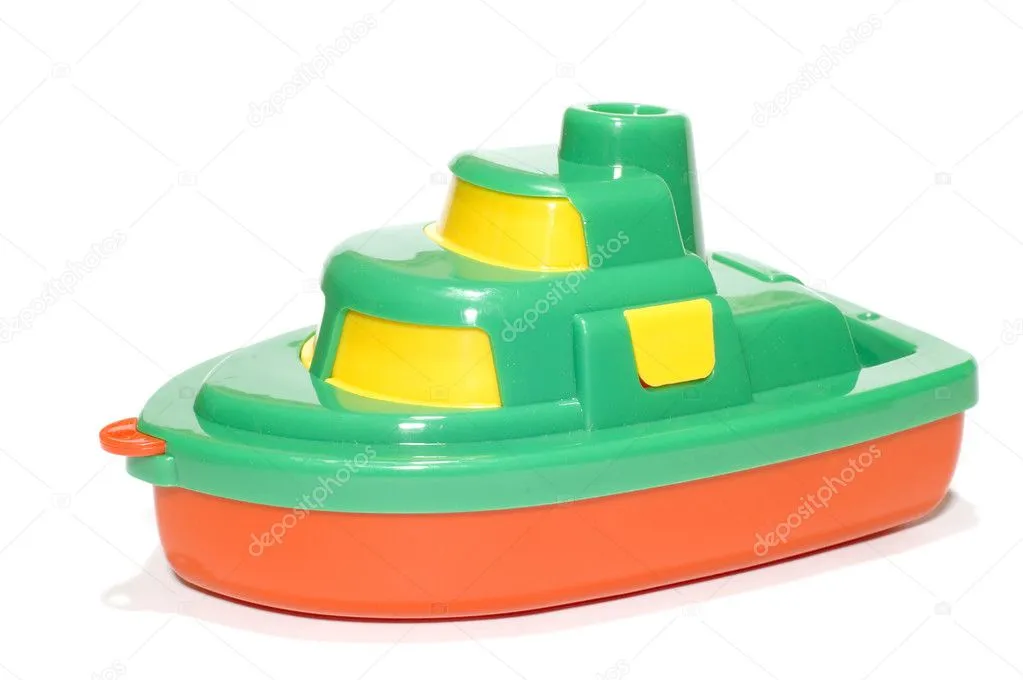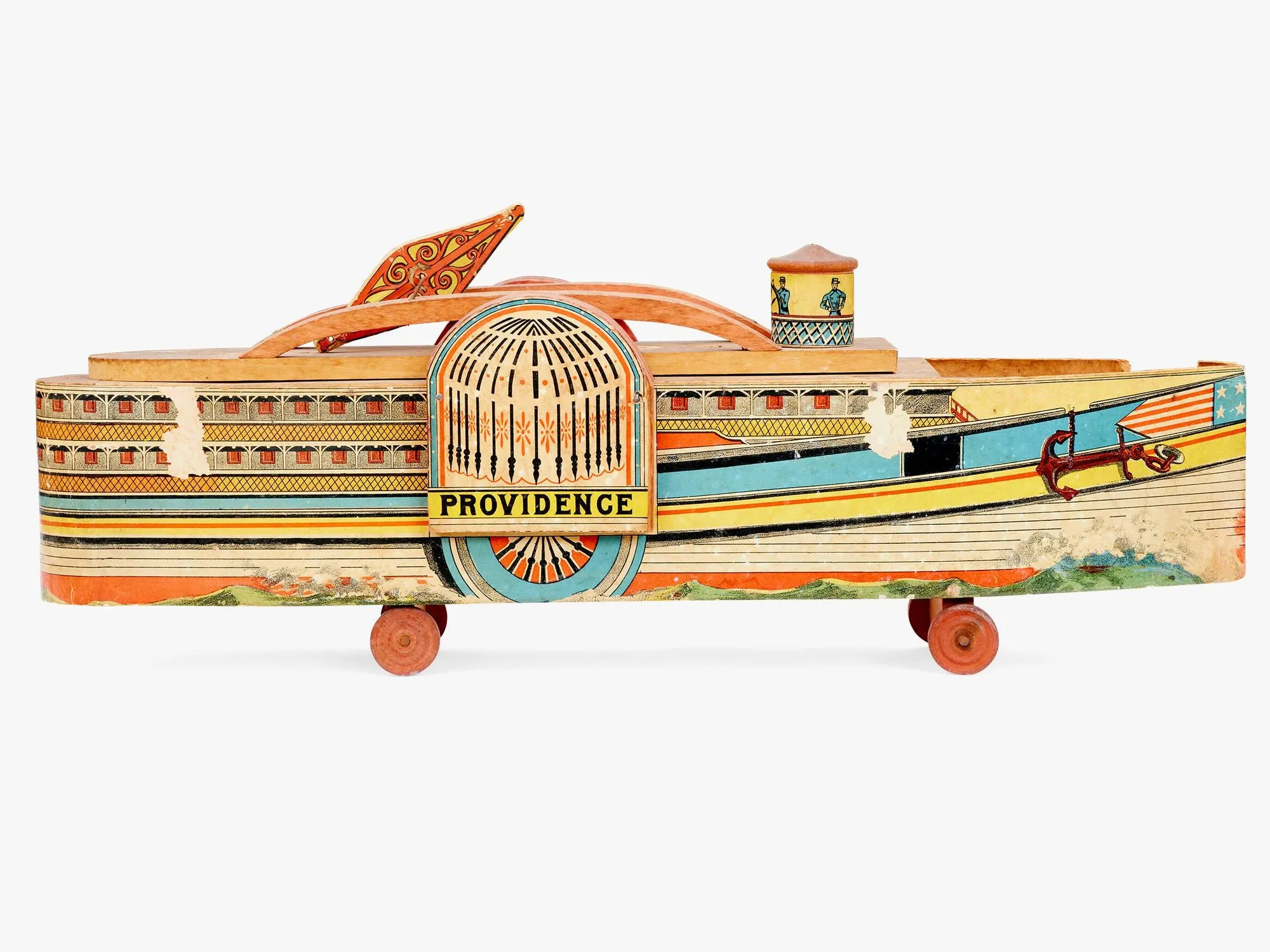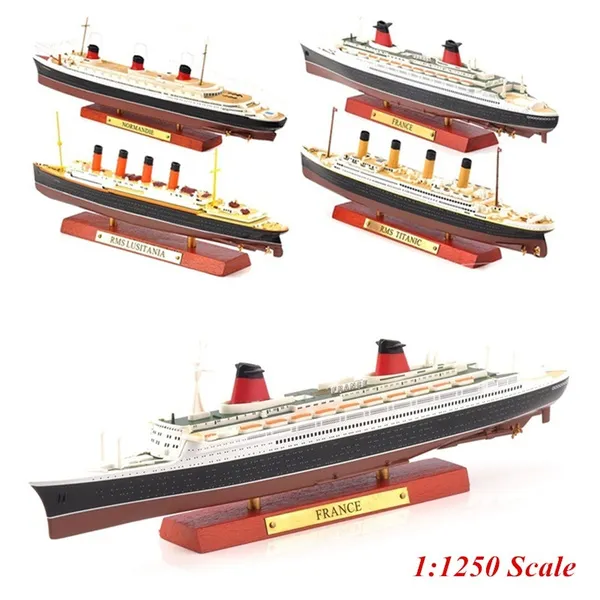The Allure of Diecast Toy Boats
Diecast toy boats hold a special place in the hearts of collectors and enthusiasts. These miniature marvels capture the essence of real-life vessels, from sleek racing yachts to sturdy cargo ships. Their appeal lies in the intricate detail, the use of durable materials, and the ability to evoke a sense of nostalgia. Diecast boats are more than just toys they are miniature works of art, representing maritime history and technological advancements. These collectible items offer a tangible connection to the world of boating, providing a unique way to appreciate the beauty and engineering of these vessels. Diecast toy boats allow collectors to own a piece of maritime history.
Historical Significance
The history of diecast toy boats mirrors the evolution of the maritime industry and the development of toy manufacturing. Early examples often reflected the popular boat designs of the time, giving children a glimpse into the world of naval architecture and seafaring. These toys were often made during or after major technological and production innovations. The earliest diecast models emerged in the early 20th century, initially made of less durable materials. Over time, the use of diecast metal, primarily zinc alloy, revolutionized the industry, allowing for more detailed and robust models. These toys captured the imagination of children and adults alike, and they serve as a tangible link to the past, offering a window into the past.
Early Production

The initial production methods for diecast toy boats were rudimentary. Skilled artisans were needed to create the molds and assemble the boats. These early models were often hand-painted and assembled, reflecting the craftsmanship of the era. These vintage boats are highly sought after by collectors, making them valuable. As manufacturing technology advanced, so did the production of diecast toy boats. The introduction of mass production techniques allowed for increased output and lower costs, making these toys more accessible to a wider audience. The craftsmanship has been replaced by automated assembly lines but the quality remained consistent.
Evolution of Materials
The materials used in diecast toy boats have evolved significantly over the years. Initially, materials like lead and tin were common, but these have been replaced due to safety concerns. The use of zinc alloy, commonly referred to as diecast metal, became the standard due to its durability and ability to capture fine details. Other materials, such as plastic and rubber, are also incorporated to create various features and components. This has ensured that the boats would last longer and would have more realistic qualities. The combination of materials provides the overall look and feel of the toy boats.
Collecting Diecast Boats
Collecting diecast boats is a rewarding hobby that combines an appreciation for history, design, and craftsmanship. Collectors often specialize in specific types of boats, brands, or eras, building extensive and valuable collections. The collecting community is close-knit, with enthusiasts sharing knowledge, trading models, and attending shows and events. This camaraderie is a key aspect of the hobby, as collectors learn from each other. The process of curating a collection offers both challenges and joys, as enthusiasts scour antique shops, online auctions, and trade shows in pursuit of rare and desirable models. Every collector is unique and so are their collections.
Rarity and Value

The value of diecast toy boats varies greatly, depending on factors such as rarity, condition, brand, and historical significance. Some models, particularly those that are limited edition or vintage, can fetch high prices at auction. The condition of a boat is a critical factor, with models in mint condition being the most valuable. The brand of the manufacturer plays a role, with certain brands being highly sought after by collectors. The original packaging, such as the box or display case, also adds to the value of a model. The rarity and value of these boats make the hobby more interesting.
Identifying Collectibles
Identifying valuable diecast toy boats requires careful observation and research. Collectors must learn to recognize the hallmarks of rare models, such as specific paint schemes, details, and markings. Researching the brand, model, and production run is essential. Collector guides, online databases, and forums provide valuable information and insights. The condition of the boat plays a huge part of determining the value, so collectors must be able to accurately assess the condition. A loupe can be used to carefully check the details of each boat. Over time, experience and knowledge allow collectors to more easily identify collectible diecast toy boats.
Top 5 Facts about Diecast Toy Boats
Fact 1 Design and Detail

Diecast toy boats are celebrated for their intricate designs and meticulous detailing. Manufacturers strive to replicate the appearance of real boats, including features such as hulls, decks, masts, and accessories. The attention to detail extends to the paintwork, decals, and other decorative elements. This process is essential for creating realistic models. Modern production techniques allow for even greater precision, with models featuring an exceptional level of detail. The design and detail make these boats highly collectible.
How Diecast Boats Are Made
The manufacturing process for diecast boats begins with the creation of molds. Molten zinc alloy is injected into these molds under high pressure, allowing it to fill every detail. Once cooled, the metal solidifies, and the boat is removed from the mold. The process is repeated to create the different parts of the boat. These parts are then assembled and painted. The painting process involves the use of detailed designs. Finally, decals and other accessories are added to complete the model. This process results in a realistic toy boat.
Variations in Scale and Features
Diecast toy boats are available in a variety of scales, from small miniatures to larger, more detailed models. Common scales include 1 18, 1 24, and 1 43, allowing collectors to create diverse collections. These variations in scale influence the level of detail that can be achieved. Beyond size, models feature a range of features, such as opening hatches, movable parts, and realistic interiors. The features enhance the collectibility of the boats. The variety allows collectors to choose according to their preferences.
Fact 2 Materials and Construction

The materials and construction methods used to create diecast boats are crucial to their quality and durability. Zinc alloy, which is the primary material, provides the strength and detail required. The diecast process ensures that these materials are well-formed. The use of various alloys allows for detailed components. The metal components are complemented by plastic parts for specific features, like windows or accessories. The construction methods have improved, offering higher quality and detail.
The Diecast Process Explained
The diecast process involves injecting molten metal into a mold under high pressure. The molds are precisely crafted and designed to produce intricate details. The molten metal fills the mold, solidifying into the shape of the boat. Once cooled, the mold is opened, and the finished product is removed. The process is repeated to create the various parts of the boat. The efficiency of the process is what makes it the standard. This method allows for mass production of highly detailed models.
Zinc Alloy and Other Metals
Zinc alloy is the primary material used in diecast toy boats due to its excellent moldability and ability to capture fine details. The metal is strong and durable. In addition to zinc alloy, other metals, such as aluminum and steel, may be used for specific components. The combination of metals contributes to the overall quality and appearance of the models. This combination allows for a realistic look.
Fact 3 Popular Brands and Manufacturers

Several brands and manufacturers have established themselves as leaders in the diecast toy boat industry. These brands are known for their high quality, detailed craftsmanship, and collectibility. Some of the most popular brands include Dinky Toys, Corgi, and Matchbox, among others. These brands produce various models of boats. The brands represent the long heritage of diecast boat manufacturing. The brands have established themselves as industry leaders and their models are sought after by collectors.
Leading Brands
Leading brands in the diecast toy boat market are known for their commitment to quality, design, and innovation. Dinky Toys, founded in the early 20th century, is one of the earliest and most respected brands. Corgi, known for its detailed models. Matchbox, famous for its affordable and collectible toy cars, also produced a variety of boats. These brands have a strong reputation. They have become essential components of any collection.
The Importance of the Brand
The brand of a diecast toy boat is a significant factor for collectors. The brand represents the quality, historical significance, and collectibility of the model. Certain brands are more sought after than others. The brand can influence the value and desirability of a model. Collectors often specialize in models from a particular brand. Established brands, with a long history, have a strong reputation. The brand impacts the popularity of the boat.
Fact 4 Rarity and Collectibility
Rarity is a key aspect of diecast toy boat collecting, as rare models often command higher prices. Factors such as limited production runs, variations in color schemes, and unique details contribute to a boat’s rarity. Boats that were produced for a short period are often highly sought after by collectors. The rarity can influence the value. The condition and the brand of the boat also affect the price. Collectors often search for these models to complete their collections.
Identifying Valuable Models
Identifying valuable diecast toy boats requires a keen eye for detail and a knowledge of the market. Collectors must pay attention to the model’s condition. Checking for original packaging and any accompanying documentation is also crucial. Researching the production history of a model is necessary to determine its rarity. Collectors often consult price guides. The internet has enabled collectors to compare prices. Collectors should seek expert advice if unsure.
Factors Influencing Value
Several factors influence the value of diecast toy boats. Rarity, condition, and brand are significant factors. The demand for a particular model within the collecting community plays a role. The presence of original packaging increases the value. The historical significance of a boat also has an impact. The overall market trends influence prices. Collectors are always looking for great finds.
Fact 5 Caring and Maintaining Diecast Boats
Proper care and maintenance are crucial for preserving the value and condition of diecast toy boats. Cleaning these boats should be done gently with a soft cloth. Protecting the boats from extreme temperatures and humidity is also important. This will preserve the original condition. Storing them in a cool, dry place is also essential. It is recommended that boats should be handled with clean hands and handled carefully. Collectors are advised to display their boats in a protected environment, such as a display case.
Cleaning and Storage
Cleaning diecast toy boats should be done with care to avoid damage. Use a soft, clean cloth and avoid harsh chemicals or abrasive materials. For dust, gently wipe the boat. Store the boats in a cool, dry place, away from direct sunlight. It is recommended that the boats are kept in a display case. Using the right care techniques helps maintain the boats’ original condition.
Protecting Your Collection
Protecting a diecast toy boat collection involves several steps. Displaying boats in a display case helps protect them from dust and accidental damage. Control the environmental conditions by keeping the humidity and temperature stable. Avoid exposure to direct sunlight, which can fade the paint. Regular inspections are recommended to identify any issues early. Careful handling and storage are essential to preserve the value and condition of the boats. Using these techniques ensures the longevity of the boats.
The Future of Diecast Toy Boats
The diecast toy boat market continues to evolve, with new trends and technologies emerging. Innovations in production methods are allowing for greater detail and realism in models. The market is likely to see a surge in collector interest. With the use of modern technology, manufacturers can expand their product lines. The future of diecast toy boats appears bright. Collectors will continue to be drawn to these boats.
New Trends and Technologies
New trends and technologies are transforming the diecast toy boat industry. 3D printing is used to create highly detailed prototypes. This technology enables manufacturers to explore new designs and scales. The use of advanced materials is also becoming more prevalent. These advances enhance the quality of the boats. New collecting communities are developing. These trends indicate a dynamic and innovative future for diecast toy boats.
The Future of Collectibles
The future of diecast toy boats as collectibles looks promising. The strong interest from collectors and the enduring appeal of these miniature replicas ensure their continued popularity. The use of new technology will continue. The online market will continue to drive the trends. Diecast toy boats offer a lasting legacy of maritime history and engineering. These boats will remain a valuable part of toy history.
